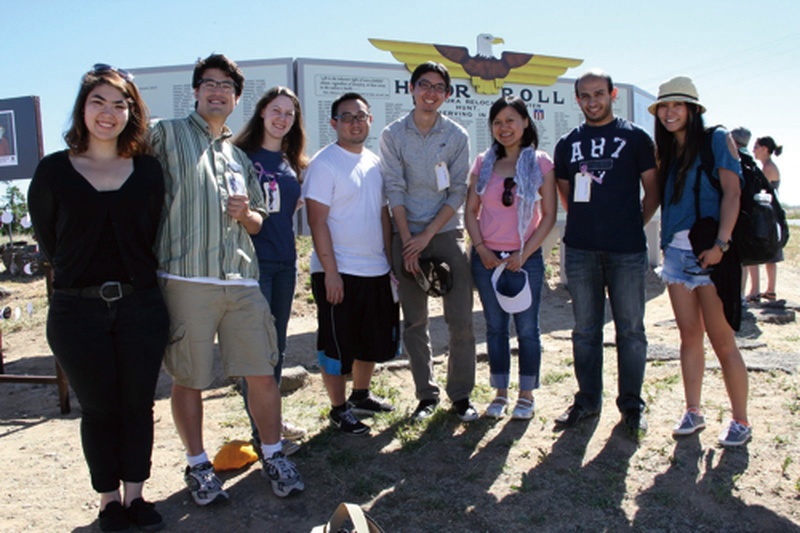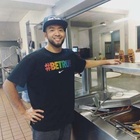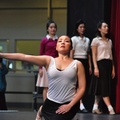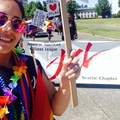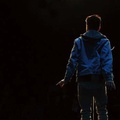Steven Kitajo, a fourth-generation Japanese American active in the Seattle area, became co-chair of the Minedoka Travel Committee in August, an organization that plans and operates tours to the former Minedoka Japanese American Internment Camp site in Idaho. He previously worked at the Japanese Cultural and Community Center of Washington (JCCCW), and we asked him about his thoughts about being a Japanese American.
* * * * *
Kitajo says his involvement with the Japanese-American organization was driven by his own curiosity. Although his parents were Sansei, his grandparents, who were Nisei, had not told him about the experiences of Japanese-Americans.
"My mother wanted to be involved in some way, but she was too busy with her daily life to do anything. I thought that by getting involved, I could share what I've learned with my parents, who had never heard anything about it."
At university, she studied Asian American ethnic studies and history. She realized midway through her studies that her main interest lay in history, and decided to focus on Asian American history. After graduating, she worked at the JCCCW, where she came to believe that culture and history are deeply connected and that "basically, the majority of the elements that create culture are history."
"Growing up, I started to question whether I was Japanese American or American," Kitajo said. "As I got older, I started to realise that I didn't have to fit into one box."
He says he is neither Japanese nor American, but "I am Japanese American." He came to this answer from his own experience. When he was a high school student staying with a host family in Japan, he was spoken to in English when he was walking with his Japanese friends, but spoken to in Japanese when he was walking alone.
The culture she grew up in is unique. "I've come to think of it as something separate from both American and Japanese culture," she says. She also says that Japanese-American culture is "different for each person. I think it's a culture that has a range that suits each person." Kitajo feels that her ancestors' food and art habits, values, and beliefs are part of her current life.
The Minedoka Travel Executive Committee, of which he was co-chair this year, is made up of volunteers who are passionate about how to convey to people this history that must never be forgotten.
Regarding the tour, which has been running since 2003 and will be in its 12th year next year, he says, "I don't think it's enough to just keep going. We're always looking for new ways to get more people, a more diverse range of people, involved."
With the passage of time, projects launched by second and third generation generations are now being taken over by fourth generation generations. We look forward to new initiatives from this generation, who have fewer opportunities to hear directly from them.
*This article is reprinted from the November 13, 2015 edition of the North American Newspaper .
© 2015 Fumika Iwasaki


